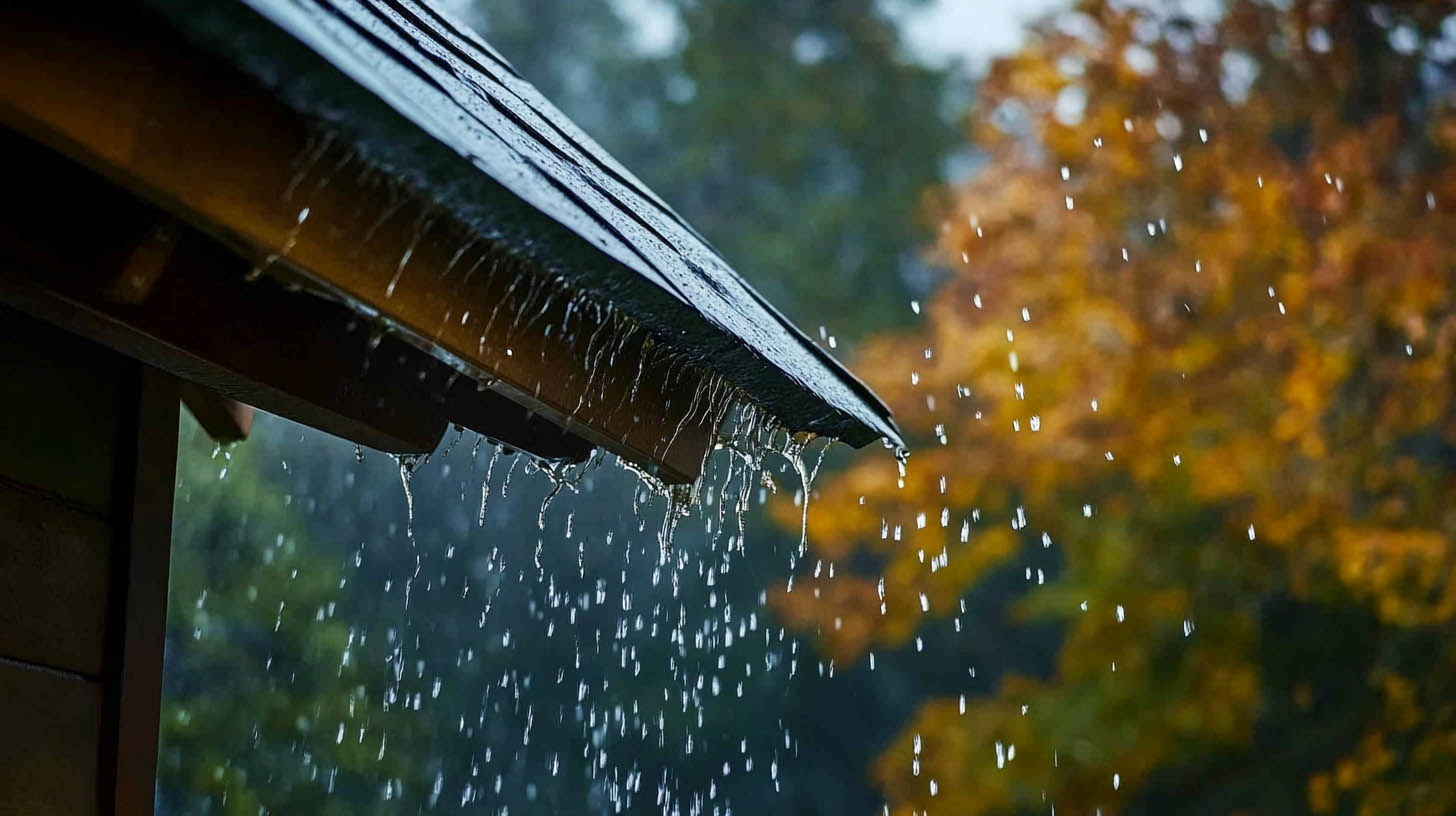
A leaking roof can spark panic, but swift action minimizes damage and repair costs. When you spot water stains, drips, or damp spots, follow these steps to tackle the issue and protect your home.
- Contain the Leak Immediately
Place a bucket or container under the drip to catch water. If the ceiling is bulging, carefully puncture the center with a screwdriver to release water into a bucket, preventing collapse. Lay down towels or tarps to protect flooring and furniture, and move valuables away from the area. Acting quickly reduces mold and structural damage risks, which can increase repair costs by 20–50% if ignored, per home repair studies. - Identify the Source (If Safe)
If accessible, check your attic for wet spots, daylight through the roof, or damaged insulation. Common culprits include missing shingles, cracked flashing, or clogged gutters. Avoid climbing onto the roof unless experienced—falls cause thousands of injuries yearly. Use binoculars to spot obvious damage from the ground. Identifying the source helps professionals work faster. - Contact a Dual-Certified Contractor
Call a contractor who is both a Certified General Contractorand a Certified Roofing Contractor. This ensures they can address roofing issues and any structural damage to beams or supports caused by the leak. Look for credentials from groups like the National Roofing Contractors Association and verify strong reviews. Describe the leak’s location and severity for faster service. Many offer emergency tarping to seal the leak temporarily. Delaying can escalate costs, with minor leaks averaging $400–$1,000 to fix versus $10,000+ for extensive structural repairs. - Document for Insurance
Take photos or videos of the leak, damage, and temporary fixes. Contact your homeowner’s insurance provider to report the issue. Most policies cover sudden leaks, though not gradual wear. Provide documentation and keep receipts for expenses like buckets or tarps to streamline claims and speed up payouts. - Prevent Future Leaks
After repairs, maintain your roof with annual inspections and gutter cleanings. Trim overhanging branches and replace aging shingles (most last 20–30 years). These steps cut future leak risks by up to 80%, according to roofing experts.
Conclusion
A leaking roof is daunting, but containing the leak, hiring a dual-certified contractor, and documenting damage keeps it manageable. Act fast to save your home and budget. For more tips, explore our blog on seasonal roof care.


Sorry, the comment form is closed at this time.